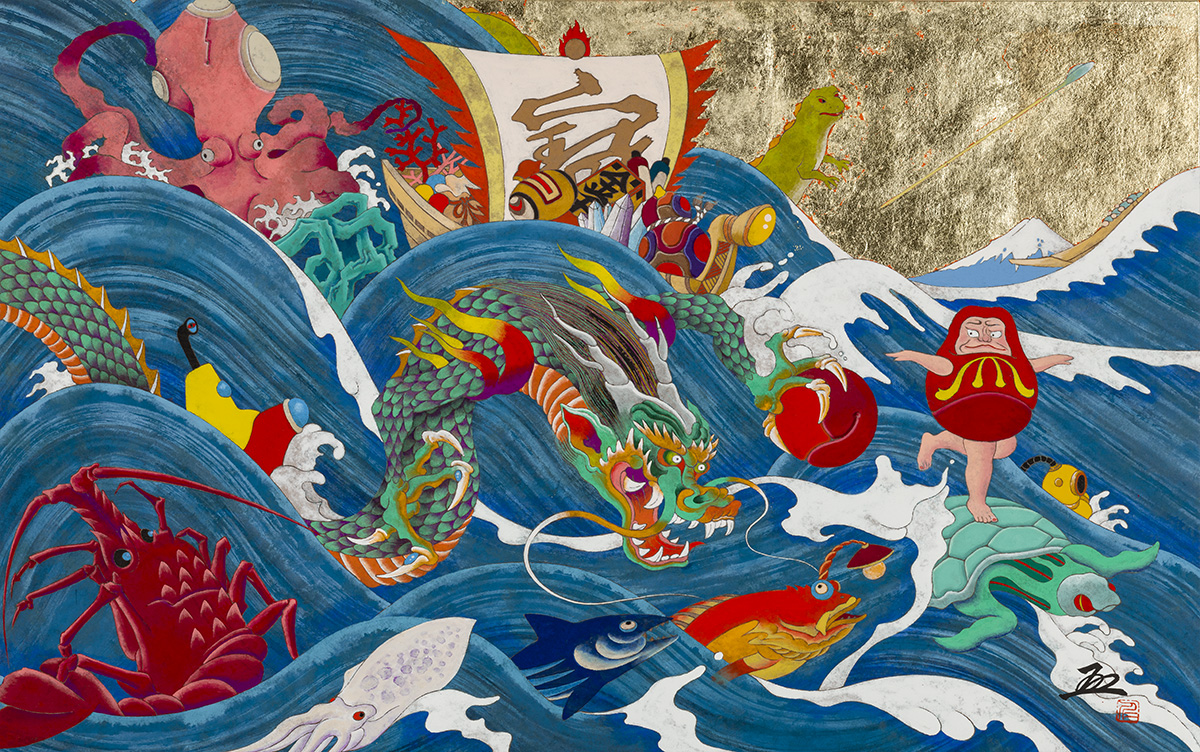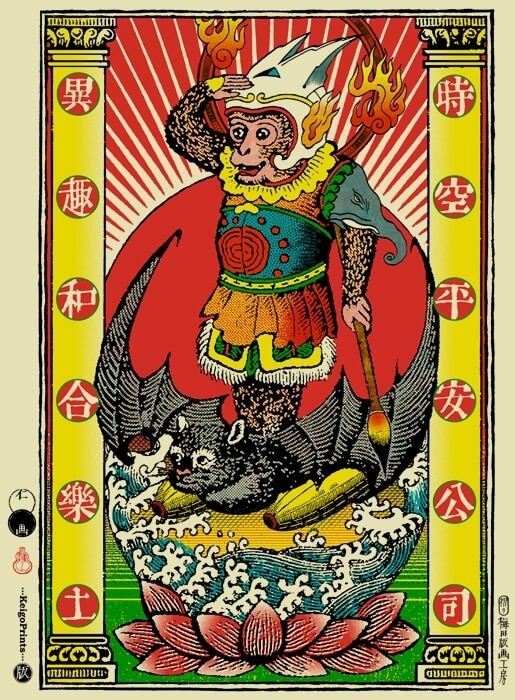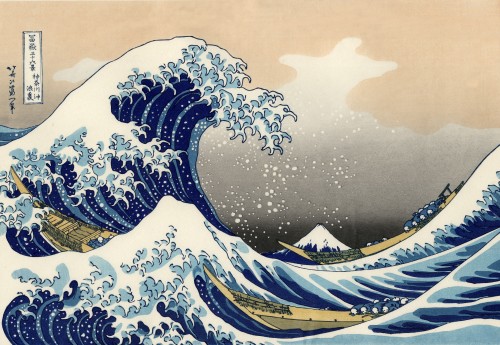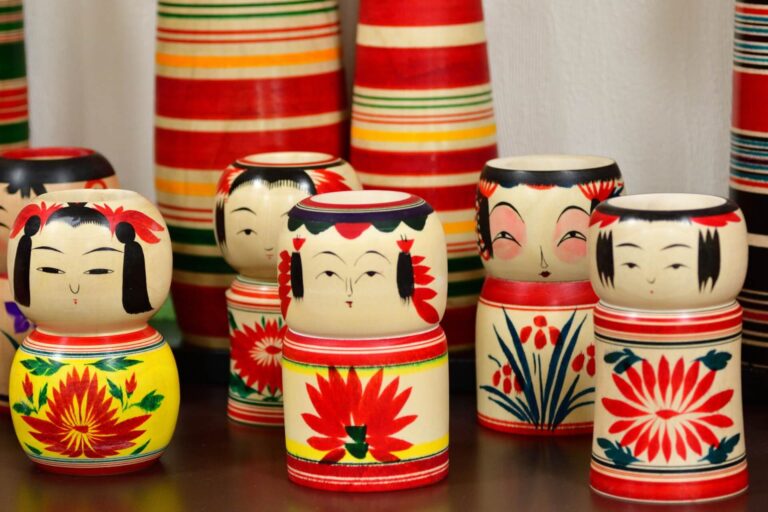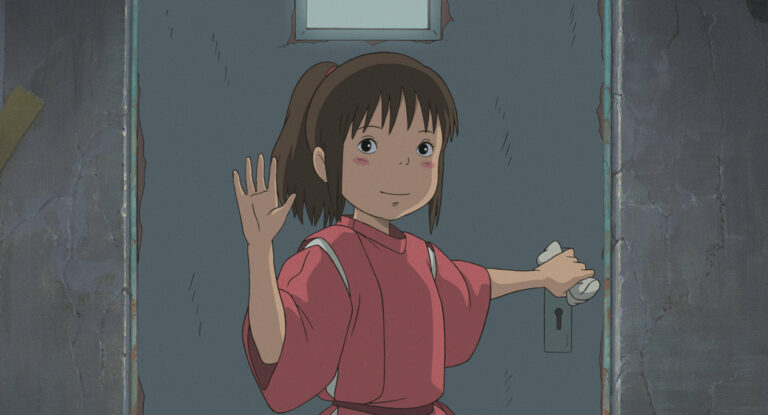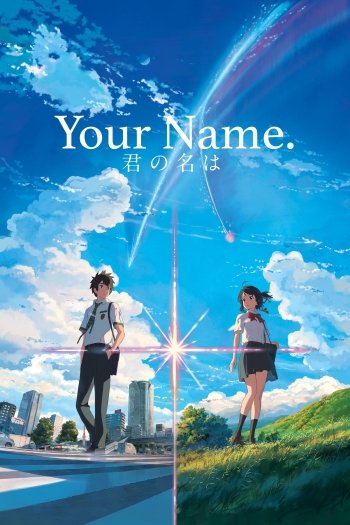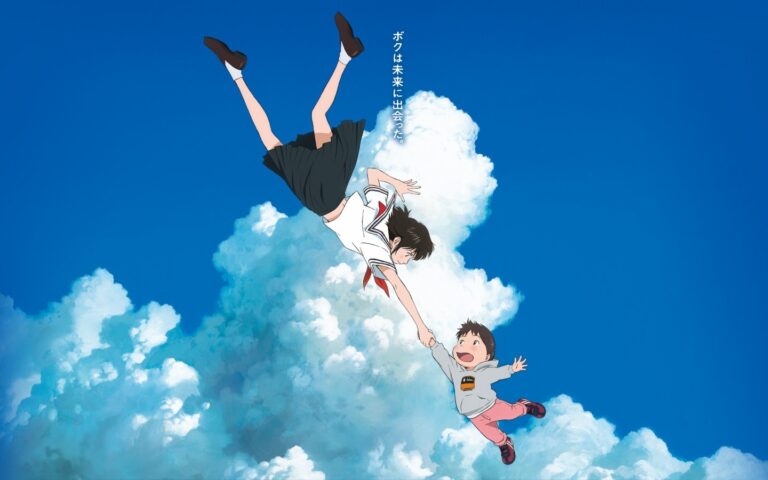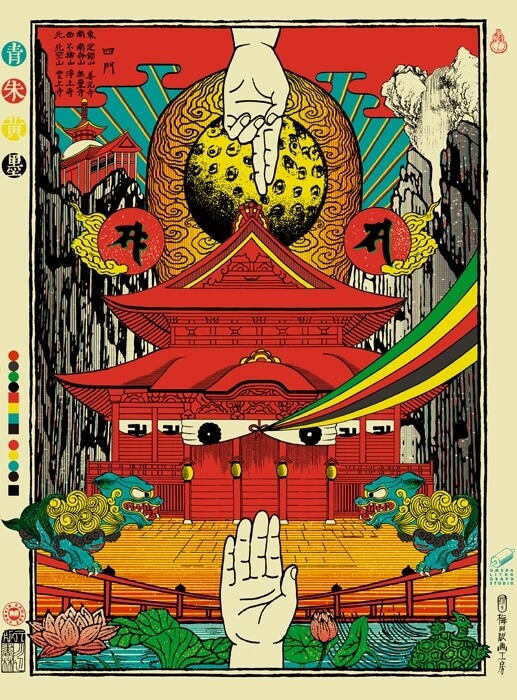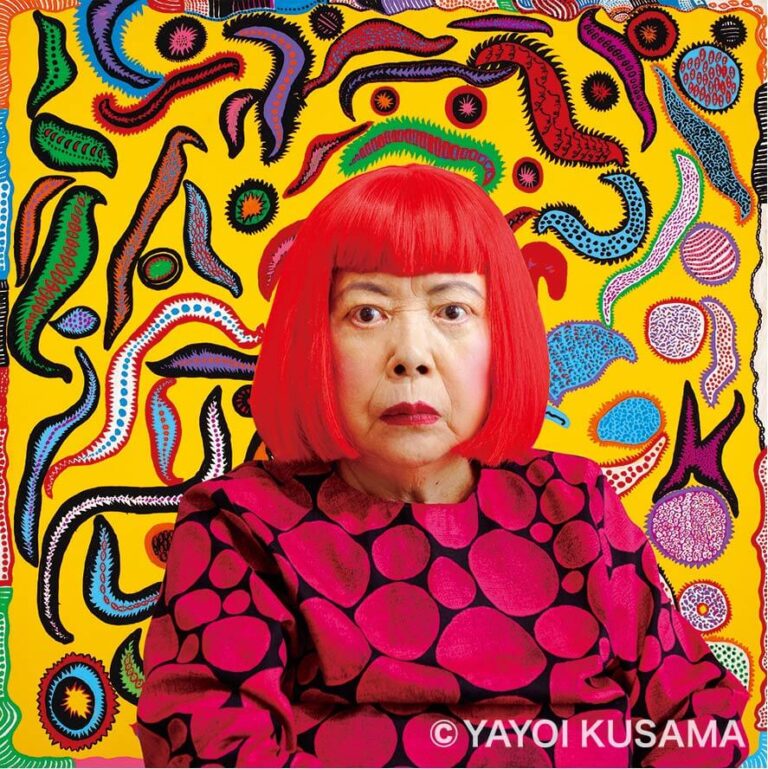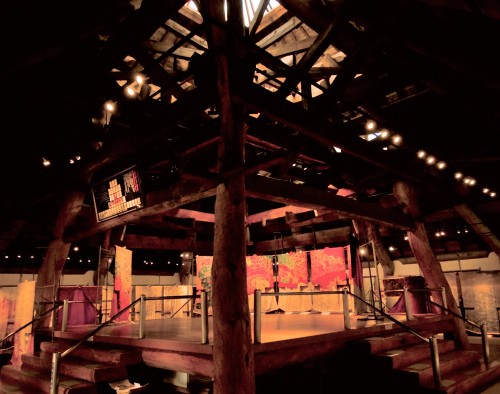Art Space Japan: Itchiku Kubota
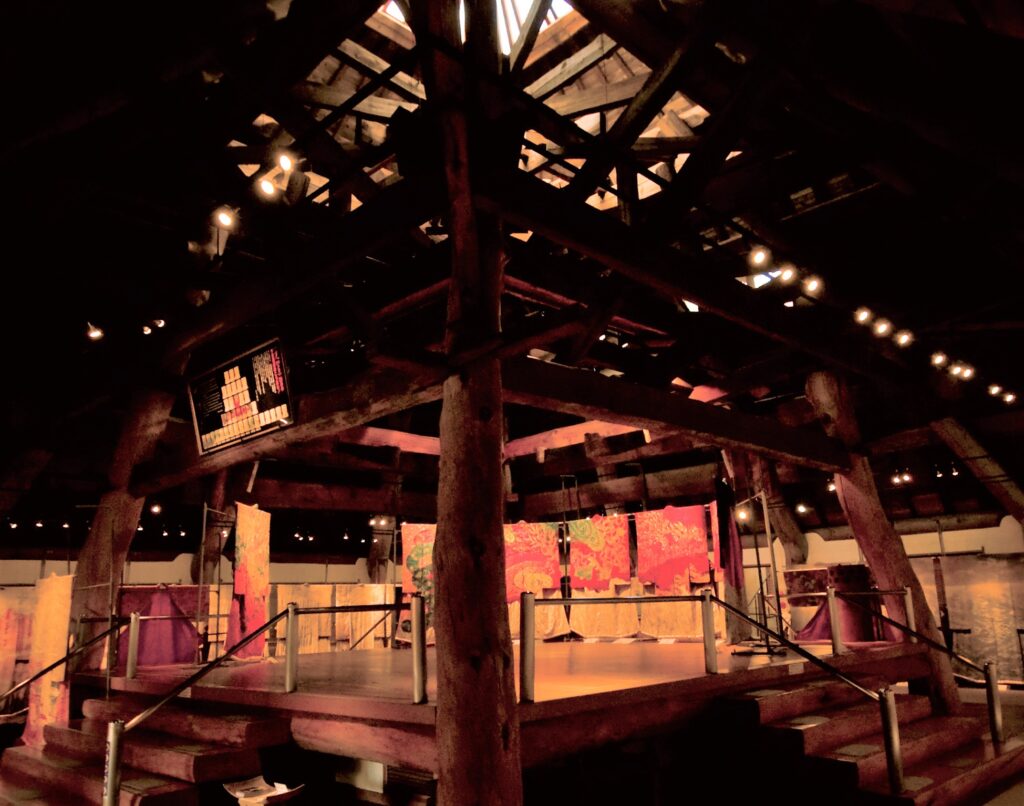
During his lifetime, the textile artist Itchiku Kubota / 久保田 一竹 won greater acclaim outside of Japan than he did at home. A supremely talented artist, he revived the ‘tsujigahana’ tie-dyeing technique of the Muromachi Period. Labour-intensive and highly complex, Kubota not only revived the technique but mastered his own ‘Itchiku Tsujigahana’ method, and in doing so, produced kimono of extraordinary technicality and beauty.
— The Importance of Itchiku Kubota’s Work
— Where to See His Stunning Kimono
— See His Work in Person on a Tour
THE LIFE OF ITCHIKU KUBOTA
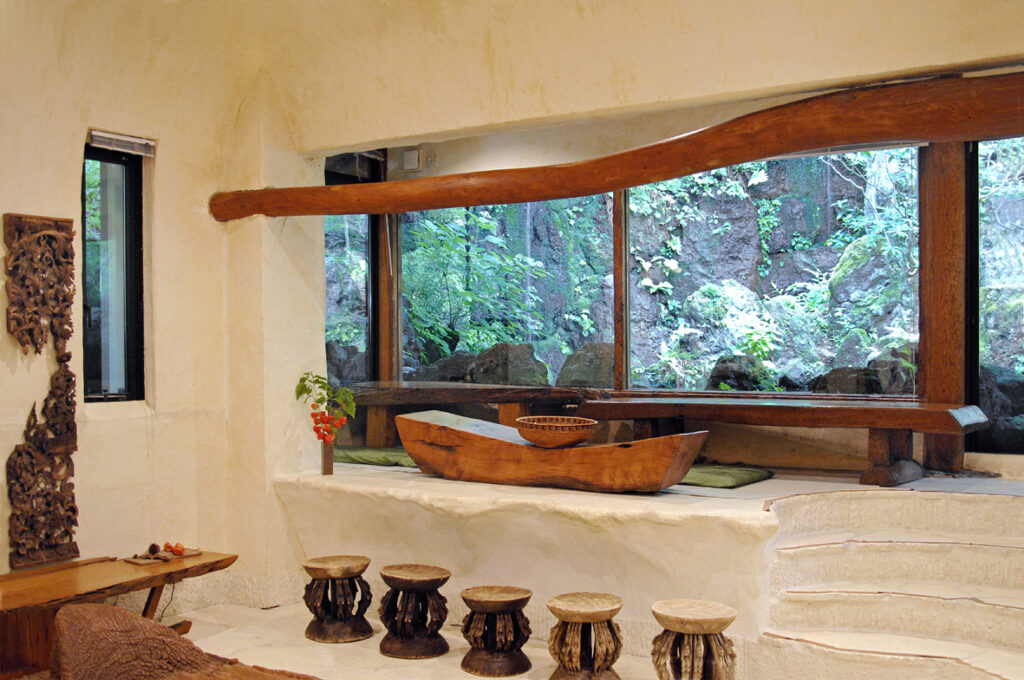
Born in the Kanda district of Tokyo in 1917, Itchiku Kubota was gifted with an appreciation for artefacts of the past through his father, an antiques dealer. Exposed to the traditions and refinements of Japanese art from an early age, the young Kubota’s home was in a neighbourhood known for its dyeing workshops. When aged 14, Kubota left school to undertake an apprenticeship with Kobayashi Kiyoshi, a ‘kimono’ artist specialising in hand-painted ‘yuzen’ dyework. A studious apprentice, Kubota applied himself fully and by the age of 19, had established his own dyeing studio.
Revelation & Hardship
Shortly after, at the age of 20. Kubota would have a surreal experience that would alter the course of his work and in time, and ultimately rejuvenate a long-forgotten method of textile art. Visiting the Tokyo National Museum, he saw a fragment of 16th century textile produced using the ‘tsujigahana’ method of tie-dying. Common through the Muromachi Period (1338-1573), the technique ceased to be practiced through the following Edo Period and all knowledge of and skill in the technique had faded from the world. Captivated by the fabric, Kubota described a period of entrancement in which he reported being transfixed by the profound beauty of the textile for three hours.
Having discovered and been enraptured by the beauty of ‘tsujigahana’, world events would cruelly interrupt his work as Kubota was drafted to the frontlines during World War II, only be taken prisoner by Russian forces at the end of the conflict. Like so many Japanese, Kubota was sent to Siberia where he endured unfathomable hardship and suffering in forced labour camps for three years. During his internment, Kubota continued to draw and produce art – a joyful practice and meaning that gave him fortitude to keep going. Finally, at the age of 31, Kubota was released and returned to his homeland.
An Artist & a Craft Reborn
Upon his return to Japan, Kubota setup a new workshop and returned to yuze’ dying for a period of around seven years before devoting himself to discover the lost secrets of tsujigahana. Over a period of around 20 years, Kubota studied, trialed, failed and continued to trial different methods in an attempt to unlock the technique. Frustrated by his failure, Kubota changed course to focus on reinventing the technique in his own way and finally, at the age of 60 , a new form of tsujigahana was born – a truly monumental achievement.
The renewed technique was named ‘Itchiku Tsujigahana’ and in 1977, he proudly presented his first exhibition. As his expertise in the technique solidified, Kubota’s artistic endeavor broadened and rather than work on individual kimono, each individual garment was designed as part of a larger, grander tapestry of ideas and emotions.
In 1979, Kubota created his celebrated five kimono series titled ‘The Setting Sun’, with the design mimicking the last two hours of the sun he would watch set in Siberia – a symbol of hope and endurance in those long, unspeakably trying years. Kubota would then embark on his hugely ambitious eighty kimono series, ‘Symphony of Light’. A depiction of the universe itself, Kubota would sadly pass away in 2003 with the series only half completed, yet having left us with some of Japan’s most extraordinary textile work and an artform once lost to the world, now reborn.
THE IMPORTANCE OF ITCHIKU KUBOTA’S WORK
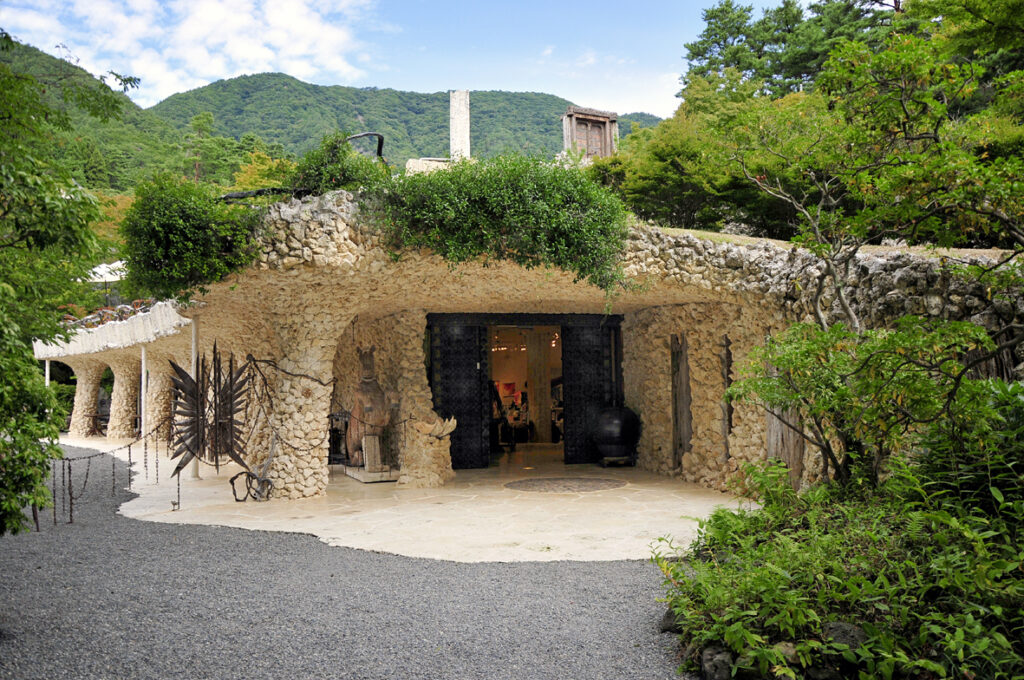
Itchiku Kubota is a compelling figure in the creative arts. Having never achieved broad fame in Japan during his life, Kubota’s achievements were first acknowledged in Europe where he first won acclaim and awards in France; while in the United States, the Smithsonian Museum exhibited his work for a period of six months in 1995 – the first time the museum had exhibited a then living artist.
Displaying talent that many people regard to level of genius, Kubota unlocked the secrets of a highly-complex method of textile art which had long ago disappeared from the world. That effort alone took twenty years and yet, from the age of 60 onward, he would complete 104 kimono using the ‘itchiku tsujigahana’ technique including those his ocean series, Mount Fuji series, the ‘Symphony of Light’ universe series and individual pieces.
Critics and museum visitors remark on colour, depth and light that seems to radiate from the kimono. Using ‘chirimen’ (silk crepe) as the base fabric and pinching or tying tufts of the material to be dyed, Itchiku Tsujigahana kimono are notably lighter than the more traditional form many people will be familiar with. They are appear to float and the imagery depicted – whether it be the setting sun, a cloud drifting across Fuji or the universe itself – is imbued with movement and its own light.
It is Kubota’s dedication and vision to revitalise a traditional and intensive technique long forgotten, and then apply it in creating visionary garments each a part of a much larger imagining , that elevates him to a level that few artists achieve and as such, the deserved status of genius.
ITCHIKU KUBOTA: WHERE TO ENJOY HIS STUNNING KIMONO
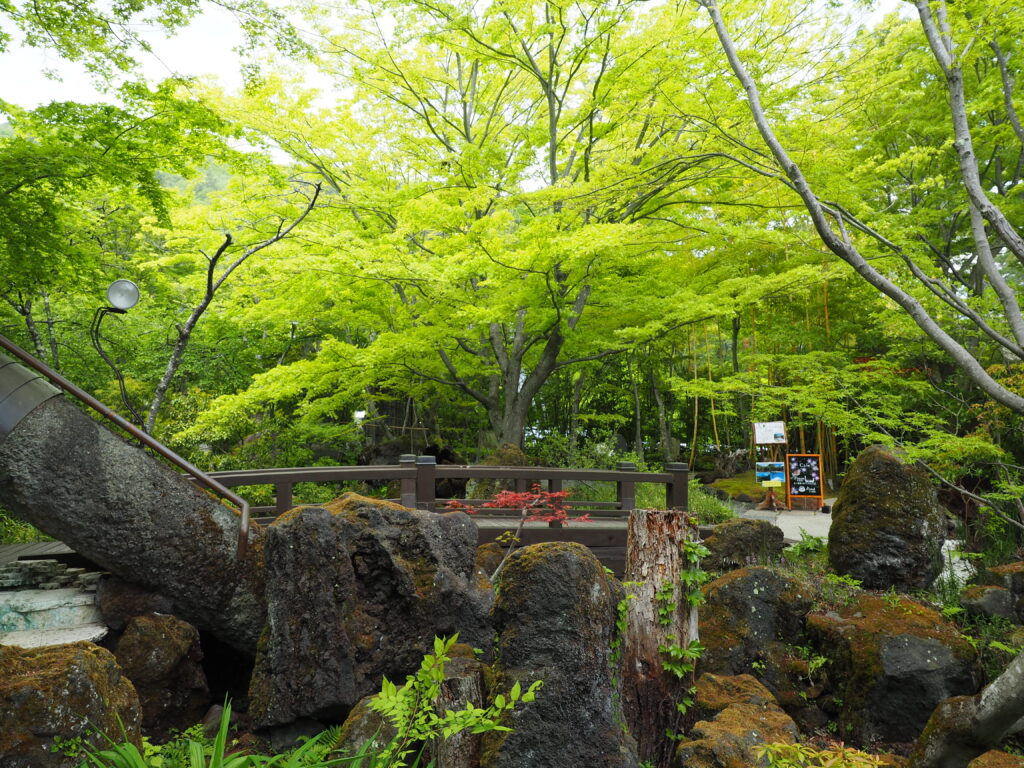
Several institutions in Japan currently hold kimono designed by Kubota with two standing-out as the preeminent museums at which to discover his life’s work:
ITCHIKU KUBOTA ART MUSEUM, Yamanashi
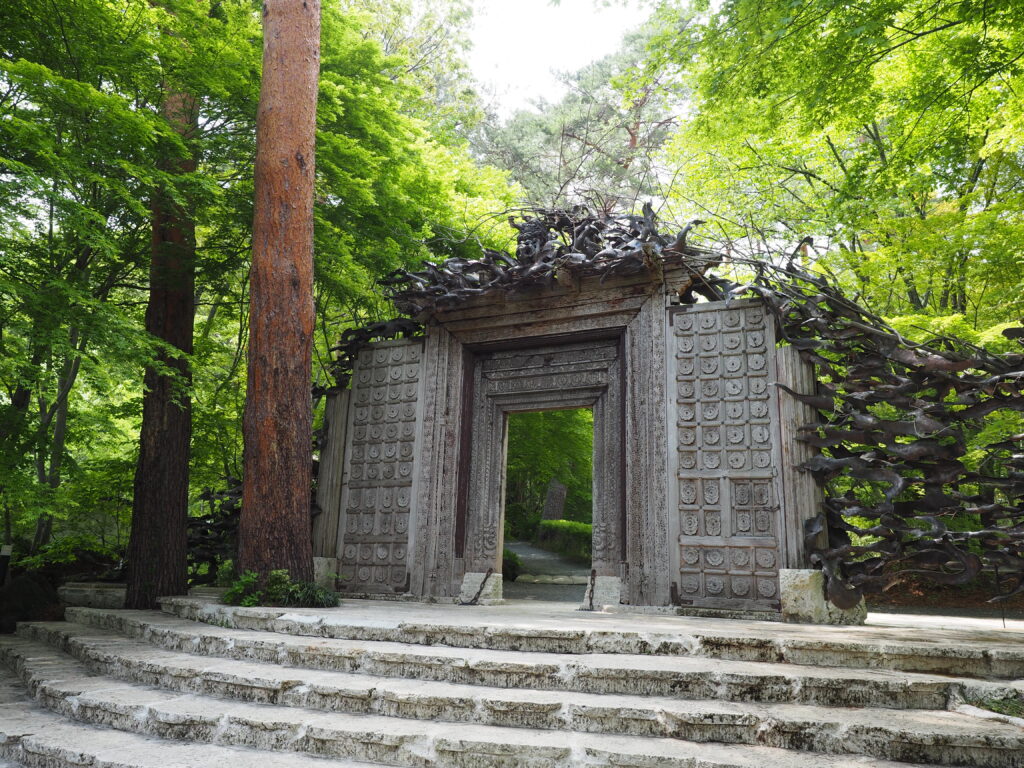
For visitors heading to Mount Fuji and spending time around the shores of Kawaguchi-ko, the Itchiku Kubota Art Museum celebrates the life and work of the artist. The museum location was chosen for its fantastic view of Mount Fuji and consists of the main exhibition building display many of Kubota’s finest kimono, and the Gaudi-esque ‘New Wing’ building, two cafes and a landscaped garden.
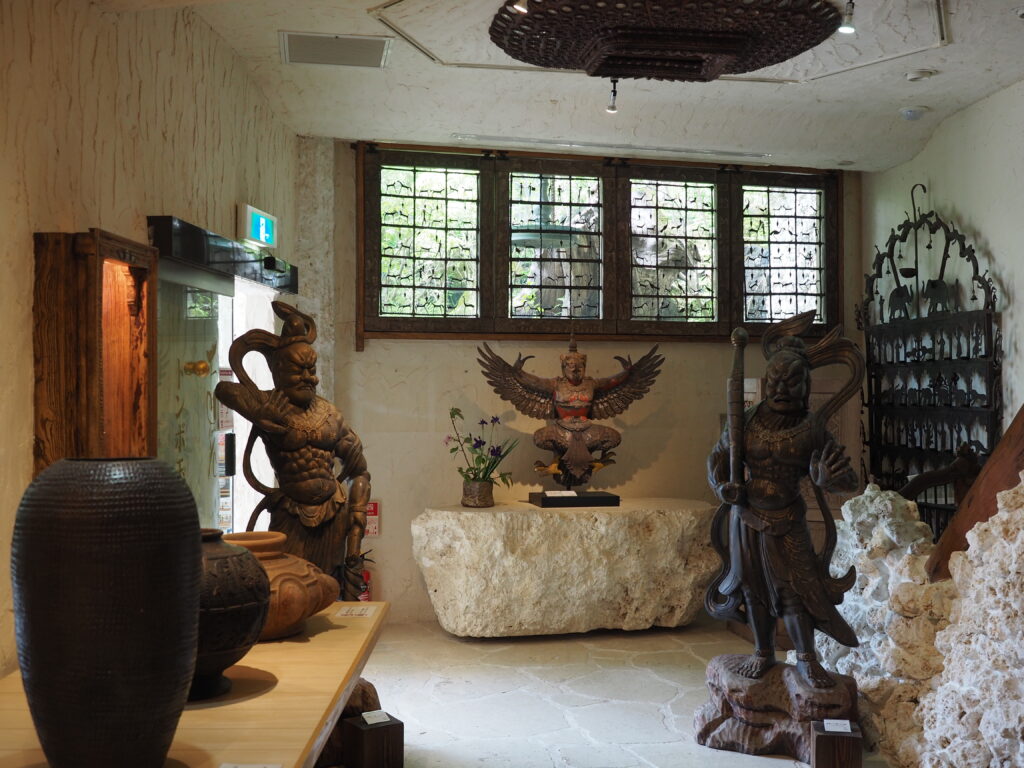
The main museum building – a pyramid-shaped timber structure displaying Kubota’s ‘Symphony of Light’, an exquisite series of kimono with further information and video presentations of this life and work with the ‘New Wing’, houses Kubota’s private collection of artworks including his collection of glassware and beads from around the world. Open 09:30 to 17:00 (last entry at 17:00) from April to November and 10:00 to 16:30 (last entry at 16:00) from December to March. Closed on Tuesdays and from Dec.26-28. Admission costs: Adult JPY1300 / High School & Uni. Students JPY900 / School Children (6-15) JPY400.
TOKYO NATIONAL MUSEUM, Tokyo
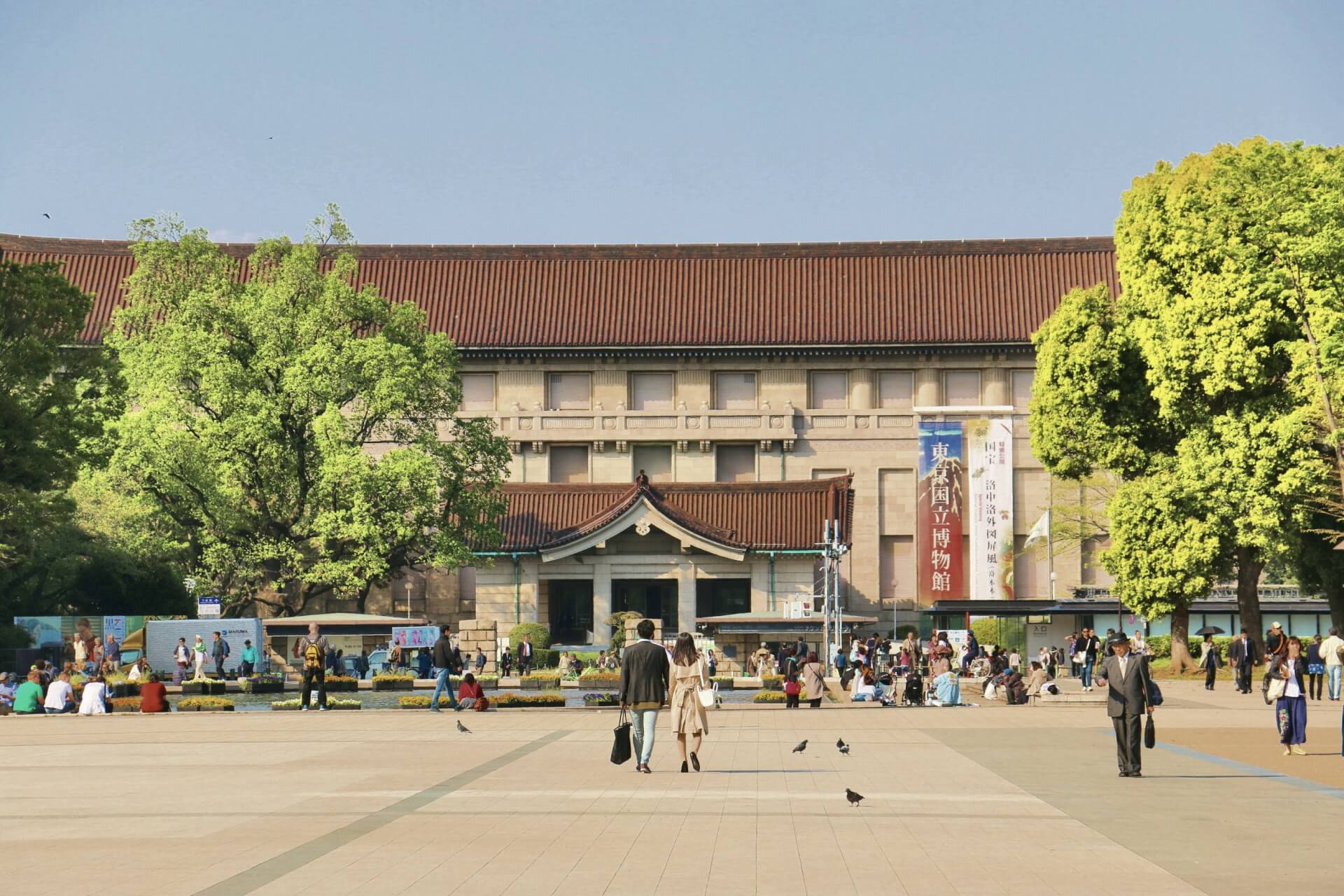
As Japan’s oldest and largest national museum, the Tokyo National Museum also exhibits a series of Kubota’s kimono, offering another opportunity to explore his artistic achievement. As the capital’s national museum, Kubota’s work is only one part of a much larger institution and given the less than intimate design of gallery spaces, some visitors find their experience a little underwhelming. Needless to say however that he Icthiku Kubota exhibition is one of many displays of important cultural artefacts held at the expansive museum, making it a popular destination. Located in central Tokyo, it can be easily incorporated to any itinerary of sightseeing in the city. The Tokyo National Museum is open daily from 09:30 to 17:00 or until 21:00 on Friday and Saturday (with last entry 30 minutes before closing). Closed Mondays and over the New Year period. Admission is JPY1000.
SEE HIS WORK IN PERSON ON A TOUR
1 Day Tour
| Mount Fuji Day Trip : Adventure around Lake Kawaguchiko | |
| Period | All Year Round |
| Time | 07:50 – 19:45 |
| Meeting Place | Outside Shinjuku Bus Terminal |
| Adult Rate | ¥24,900 |
| Child Rate | ¥15,500 |

Starting from Tokyo, this day trip packs a lot into its time with a trip to a ropeway, stunning views of Mount Fuji from ancient shrines, and most importantly for Itchiku Kubota fans, a visit to the museum of his works by Lake Kawaguchiko. With admission covered by the tour, you need only follow your guide to be introduced to the colorful and fascinating world of Kubota’s art and kimono. If you have any questions, your guide will be on hand to help you make the most of the visit and deepen your appreciation for the artist.



